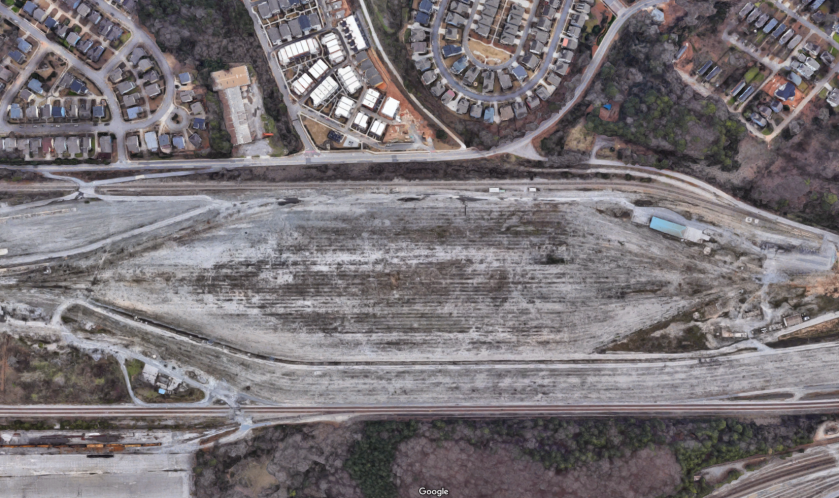Over the last two years, the crisis of America’s supply chains, the push to expand public passenger rail service, and the urgency of the climate crisis have put America’s freight railroads in the limelight. These corporations own almost all rail infrastructure in the United States — infrastructure which policymakers are increasingly recognizing as critical to the efficient and environmentally sustainable movement of goods and people. However, what has been said about today’s railroads has rarely been flattering. The media and advocates have increasingly taken railroads to task for their labor practices, their approach to passenger expansion, and above all, their fascination with productivity, which these commentators see as impeding the industry’s prospects for growth and change.
The core of observers’ argument is that railroads’ emphasis on cost efficiency is leading them to restrict their growth, cut capital spending, and excessively raise rates on shippers with few other options. The two main drivers of this trend, per these voices, are carriers’ interest in their operating ratios, and the ascendance of an operating philosophy called Precision Scheduled Railroading (PSR). The operating ratio, defined as the ratio of a business’ expenses to its revenues, is said (with good evidence) to drive a relentless focus on cost-cutting, and on the pursuit of solely highest-margin sorts of freight. PSR takes this efficiency ethos and elaborates a productivity-oriented operational strategy which in its basic form advises the use of consistent, scheduled operations and strong network planning to wring efficiency out of rail networks — in faster traffic movement, but also in fewer yards, locomotives and employees, and lower levels of capital investment.

Critics lay much of the blame for the industry’s interest in these philosophies at the feet of Wall Street analysts, equity firms and hedge funds which have agitated for their implementation. They argue that financiers are strangling the industry, extracting windfalls from short term productivity improvements that compromise the industry’s long run ability to compete for freight. Wall Street’s role is indubitably important, but focusing solely on the role financial markets play in shaping today’s railroading crisis elides a deeper and more complex history of railroads’ productivity, for the last century of American railroading has been defined by the industry’s dogged pursuit of highly specific imaginations of efficiency. Evolving from the early 20th century milieu of increasing regulation, progressive reform movements, rising operating costs, and a policy context which has systematically neglected railroads’ role in the nation’s transport system, efficiency-oriented managerial strategies dominated railroading by the 1920s, defining the industry’s traffic losses to trucks, and the evolution of the network following the 1970s railroad crisis. Today’s struggling network, then, embeds the accumulated infrastructural and institutional momentum of a century of productivity management; it is this deeper history, whose roots span the actions of government and business, that America must confront to remedy our railroad struggles.
